The Book of Hope
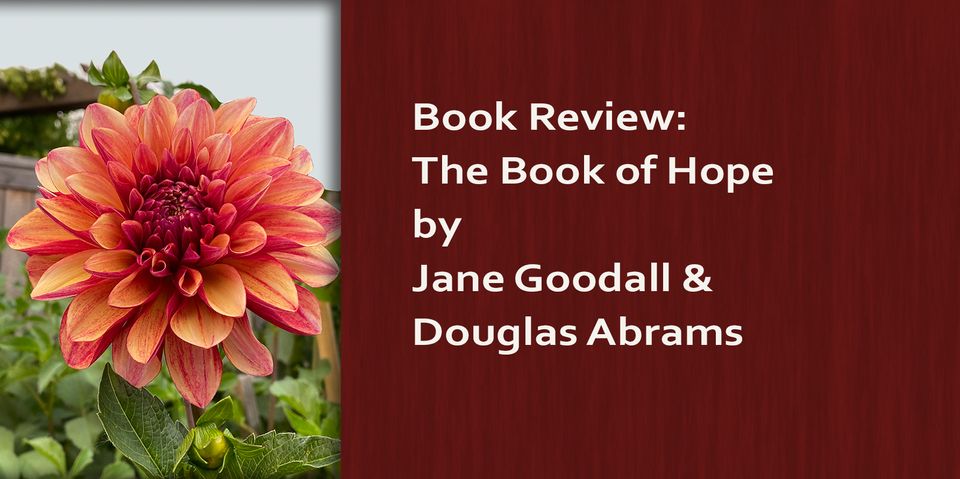
As I said in my previous post, I crave hope. That’s why I loved reading the latest Jane Goodall book, The Book of Hope, A Survival Guide for Trying Times. Goodall is a cheerleader for hope. She believes, like I do, that hope can fuel the action we need to solve the climate crisis.
Her book is set up as a long-running conversation with Douglas Abrams, the book’s co-author. Over the course of the discussion, Goodall makes clear that hope is not merely wishful thinking as most people assume. That mistaken interpretation of hope, she says, “is indeed the opposite of real hope, which requires action and engagement.” Goodall believes it is the combined smaller actions of millions of people that will win the fight to save the planet. She asks, “And why would you bother to take action if you did not truly hope that it would make a difference?”
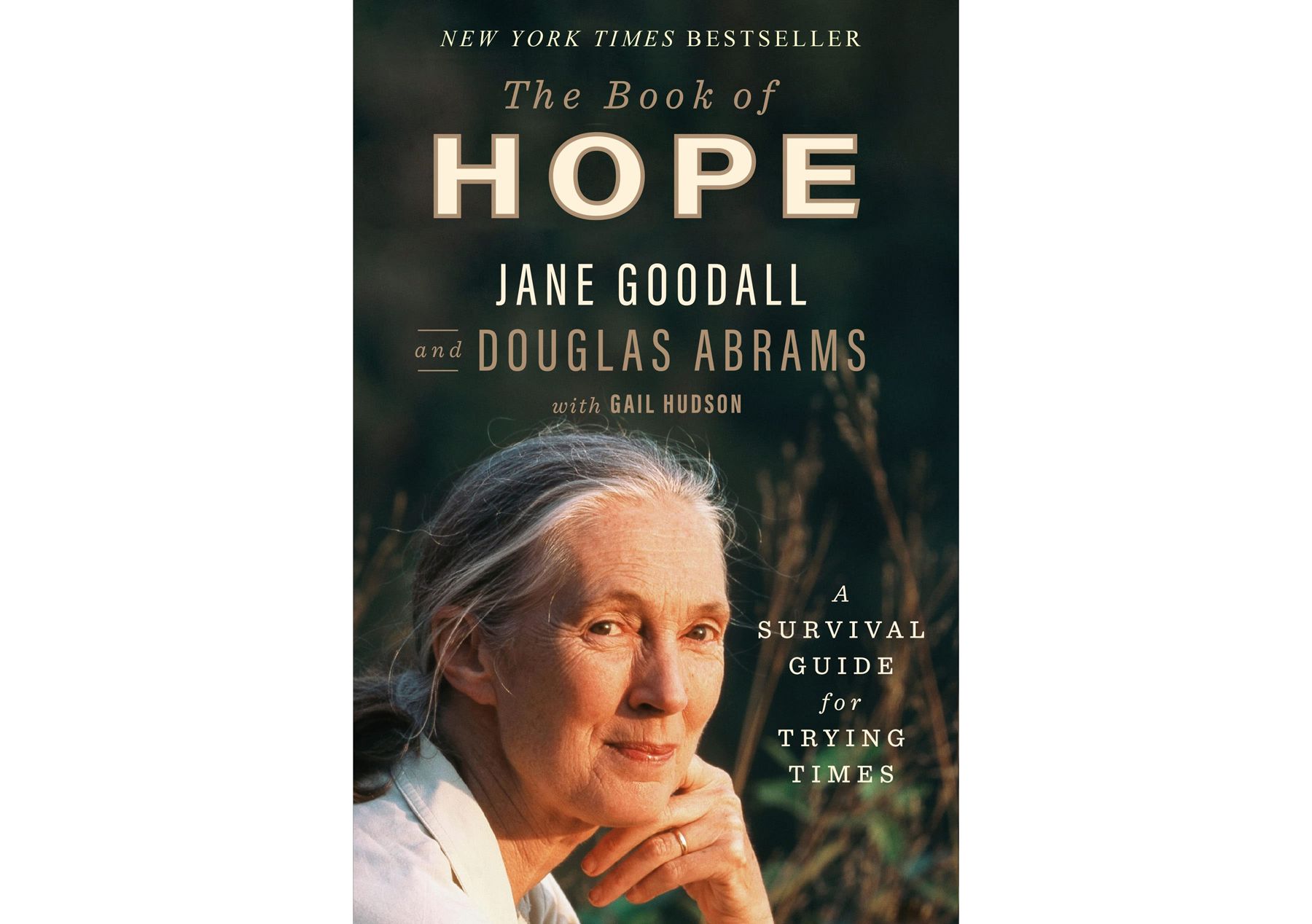
Jane Goodall has led an incredible life ever since the time in 1960 when she first ventured into the forest in Tanzania to study chimpanzees in the wild. She is now a famous worldwide speaker on conservation and animal rights issues. Her Jane Goodall Institute has a Roots and Shoots program that helps young people in thousands of projects in 60 countries around the world to develop local action plans to better their lives and make change.
Goodall calls hope “a survival trait,” and without it we would be lost. She says:
Hope does not deny all the difficulty and all the danger that exists, but it is not stopped by them. There is a lot of darkness, but our actions create the light.
I love that quote. Just think of it—our actions create the light and hope is the essential catalyst. Goodall believes “without it, we become apathetic, and we will continue to destroy our children’s future.”
In the book, Goodall shares plenty of true-life stories to back up her claims on the importance of hope. Many are from her work with chimpanzees or her Roots and Shoots programs, but a lot were from random people she met in her travels who had stories of how a simple few words or a kind gesture from someone they knew gave them the hope that they could go on. And an inspiring story could even turn lives around like the fourteen-year-old girl in juvenile detention who read Goodall’s book My Life with the Chimpanzees. Finding hope in Jane’s story, and a role model in Jane to follow, the girl took on a different attitude about her own life.
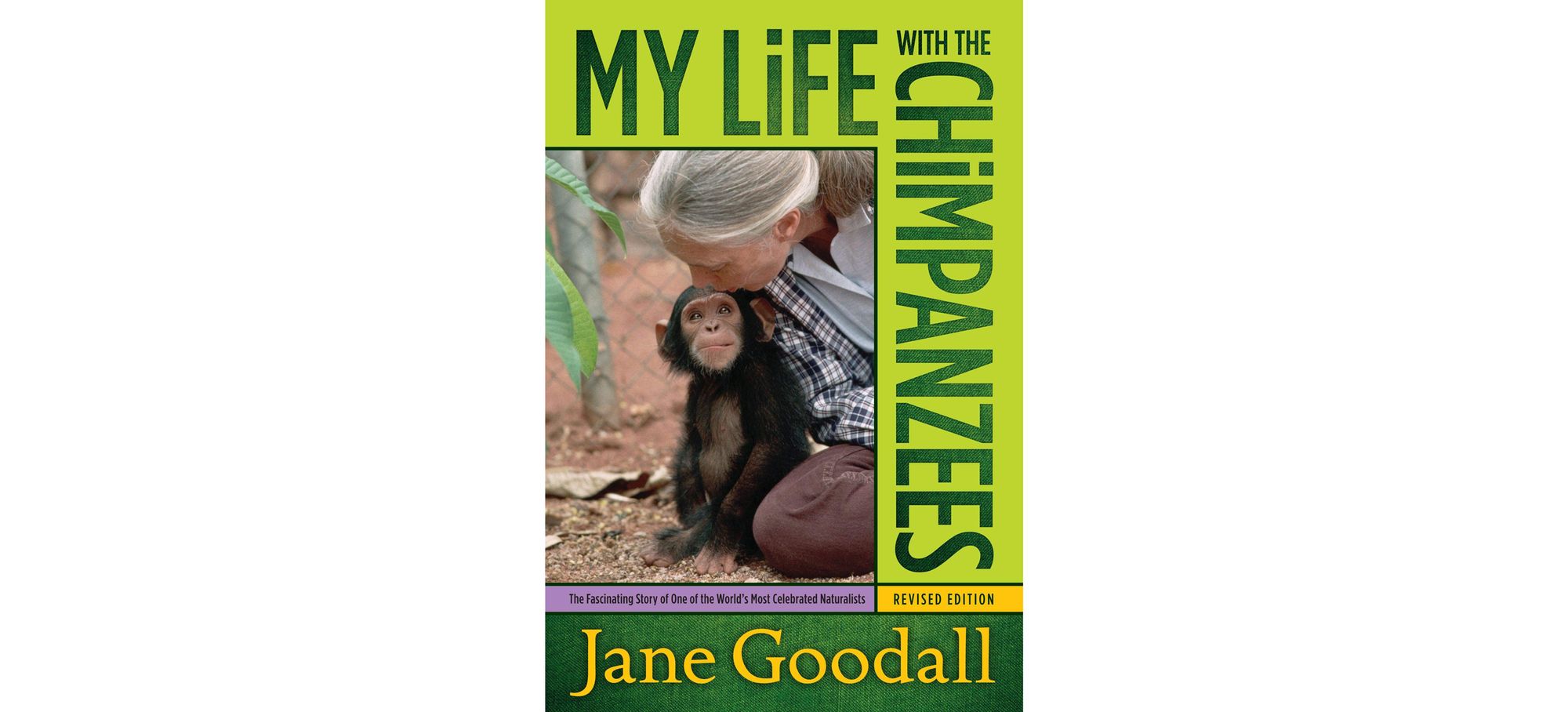
I know this can be true from personal experience. When I was young, my sister took me to the home of Noel Langley in Desert Hot Springs, California. Noel is most famous for his screenplay adaptation of The Wizard of Oz. He also gave past life readings, and my sister wanted to visit him. I was along for the ride, not really having an opinion about whether there could be past lives.
Sometime later, I wrote him a thank you. About a year before he died, he wrote me a letter in response. In that letter were three words that had tremendous impact. He told me I would have a very bright sunset.
As I read them, those three simple words lit up my mind and shaped a potent image that flashed powerfully. That image stayed with me in some very dark times. It has kept me going and kept me writing through all the decades. I didn’t see it so much as a prediction, but as an encouragement that things would get better.
Noel’s words were a three-word story of hope, and I've striven all these years to make them reality.
This is why I believe in hope. It works. And we need it in our stories. That fourteen-year-old in detention found it in Goodall’s true-life story. It can also be found in fiction when readers identify with the main character and use their story as a rehearsal for their own lives, implanting in their imagination a path to follow. If that story is hopeful and constructive, it will send them off in a good direction. Goodall says of people who have lost hope:
Sometimes it is possible to rouse them from a seemingly meaningless life with a really good story, one that will reach their hearts and wake them up.
In The Wizard of Oz, Dorothy awakens in the Tin Man the awareness that he does have a heart, which helps him step up to the challenge at hand. Just like with the Tin Man, if our stories can open our readers' hearts, they might make better choices for the future of our children and grandchildren. Hope and heart. Those are the ingredients we need in our climate fiction.
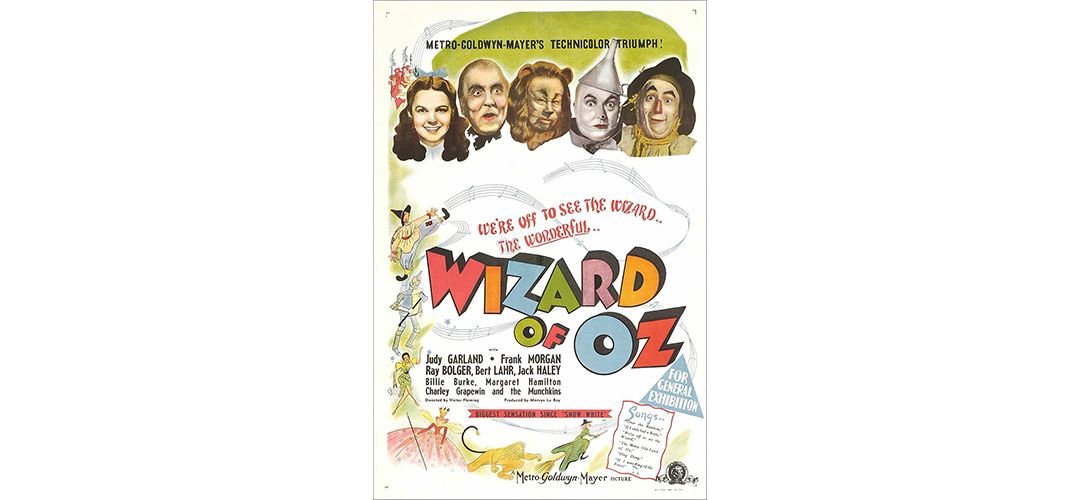
And if you want some real-life hopeful inspiration, read Jane Goodall’s book. She is such an inspiring role model to follow, and she believes each of us have our own way to contribute as we work to mend the climate, saying, “millions of drops actually make the ocean.” She ends her book with the phrase that ends many Roots and Shoots meetings: Together we CAN. Together we WILL.
Let that be your 6-word story of hope to carry forward as all our actions create the light.
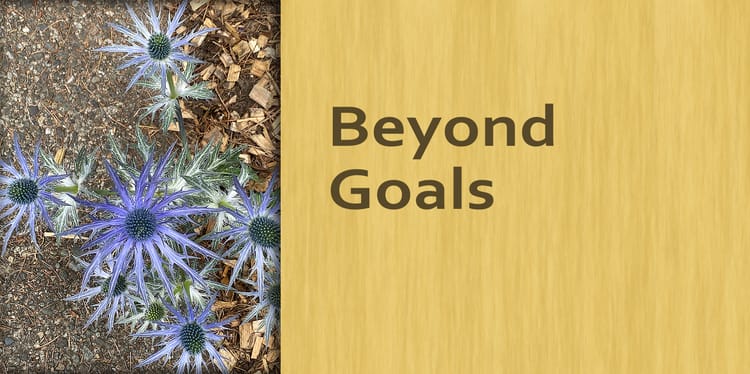
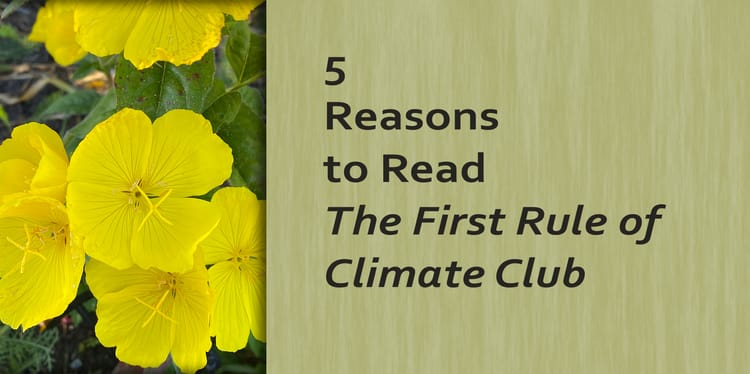
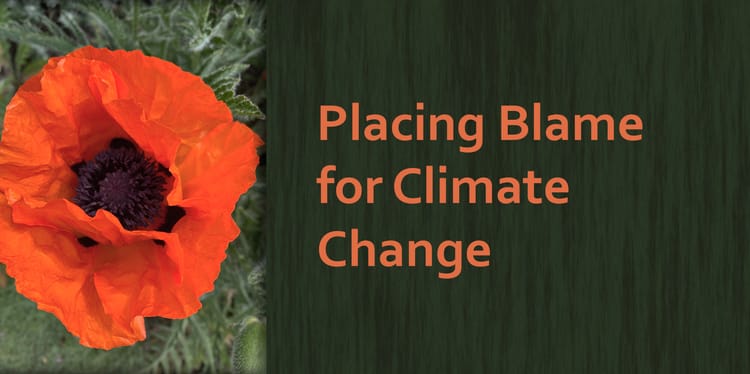
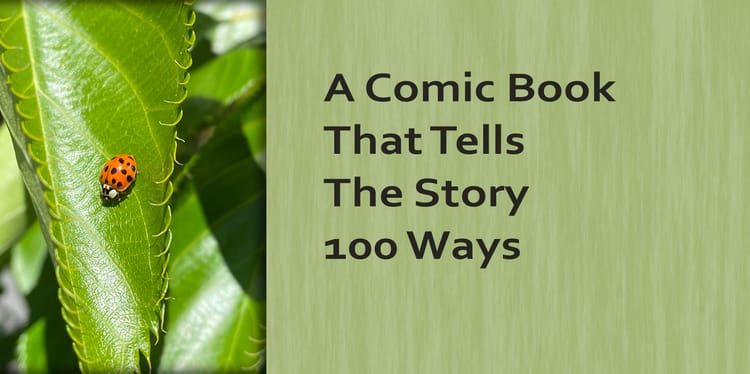
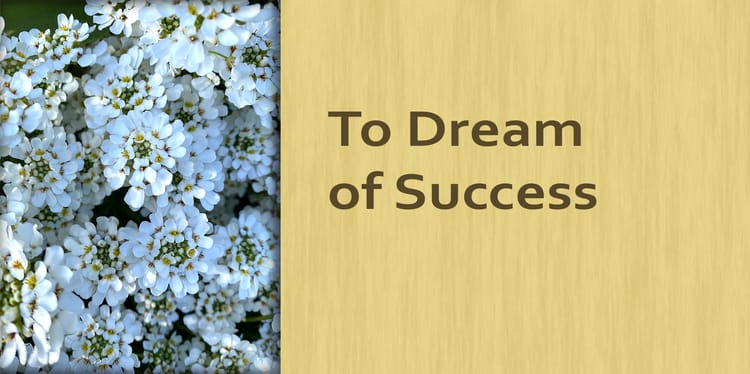
Member discussion